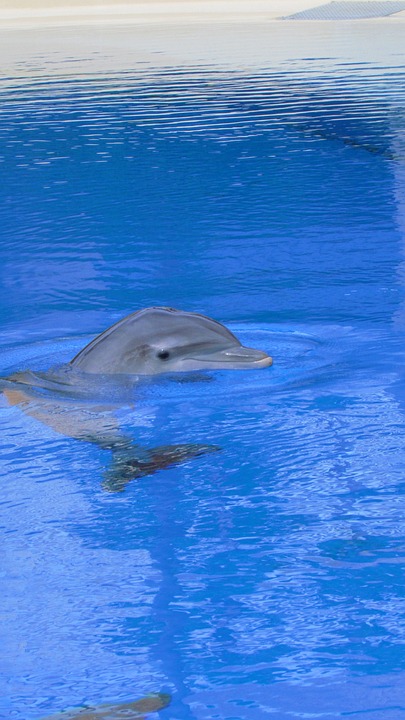Tank schooling fish species, such as tetras, barbs, and rasboras, are known for their vibrant colors, active nature, and captivating group behavior. However, to truly appreciate their beauty and experience their natural behavior, it is crucial to create an environment that encourages positive fish response. In this article, we will explore various factors that influence fish behavior and provide valuable tips on how to effectively nurture a thriving and harmonious school of fish in your aquarium.
Creating a Suitable Environment
1. Tank Size and Configuration: Adequate space is vital for schooling fish to exhibit their natural behavior. The tank should ideally be large enough to accommodate the species’ specific needs. A longer tank with more horizontal swimming space is preferred over a tall tank with limited room for movement. Additionally, consider adding live plants and decorations, such as rocks or driftwood, to provide hiding spots, resting areas, and visual barriers for the fish.
2. Water Quality and Parameters: Maintaining optimal water conditions is crucial for the overall well-being and behavior of schooling fish. Ensure proper filtration, regular water changes, and monitor parameters such as temperature, pH levels, and ammonia levels. Conduct regular testing and maintain stable water parameters within the species’ preferred range.
3. Lighting and Tank Cover: Schooling fish species generally prefer moderate to low lighting conditions. Bright and intense lighting can cause stress and discomfort, leading to abnormal behavior. Utilize dimmable LED lights or add floating plants to create shaded areas within the tank. Additionally, a tank cover or lid is essential to prevent fish from jumping out and to provide a sense of security.
Feeding Strategies to Promote Schooling Behavior
1. Regular Feeding Schedule: Establish a consistent feeding routine to ensure that all fish in the school receive proper nutrition. Regular and predictable feeding times can help stimulate natural schooling behavior, as fish gather together in anticipation of food. Feed small amounts multiple times a day, mimicking their natural feeding patterns.
2. Varied Diet: Offering a diverse diet enhances the overall health and vibrancy of the fish. Provide a combination of high-quality flake or pellet food, frozen or live foods, and occasional treats like freeze-dried insects or vegetables. This variety not only caters to their nutritional needs but also keeps their interest piqued, encouraging natural foraging behavior.
3. Feeding Techniques: To further stimulate schooling behavior, use techniques that mimic natural feeding scenarios. For example, scattering food in different areas of the tank can encourage fish to swim together, creating a beautiful and cohesive display. Using floating food or slow-release feeders can also extend feeding time, allowing fish to gather and consume food as a group.
FAQs (Frequently Asked Questions)
Q1: How many schooling fish should I keep in my tank?
A: The number of schooling fish depends on the species and tank size. Generally, a minimum of six individuals is recommended to establish a school. Larger schools, such as 10-15 fish, create a more visually impressive display. However, ensure the tank can accommodate the fish comfortably without overcrowding.
Q2: What if my schooling fish do not seem to be schooling?
A: Several factors may impact schooling behavior, including tank conditions, stress, compatibility, and individual fish personalities. Ensure the tank setup meets the recommended guidelines, maintain stable water parameters, and provide appropriate tankmates. Some species may take time to adjust to their new environment before exhibiting schooling behavior.
Q3: Can I mix different schooling fish species in the same tank?
A: Yes, it is possible to mix different schooling fish species in the same tank, as long as they are compatible in terms of water requirements, temperament, and size. Research each species’ behavior and consult with knowledgeable aquarists or a fish expert to ensure compatibility. Introducing multiple species can create a visually captivating and dynamic aquarium display.
Q4: Do tank schooling fish need companions of the same species?
A: While schooling fish can thrive in a mixed-species environment, having companions of the same species can enhance their natural behavior. Fish of the same species tend to feel more secure, exhibit synchronized movements, and display more intense schooling behavior. However, ensure the tank size and social dynamics allow for a harmonious cohabitation.
By understanding the natural behavior of tank schooling fish species and providing a suitable environment, feeding strategies, and companionship, you can foster a positive fish response and witness the mesmerizing sight of a thriving school in your aquarium. Remember to tailor your approach to the specific needs of the species you keep and monitor their behavior closely to ensure their well-being and happiness.









